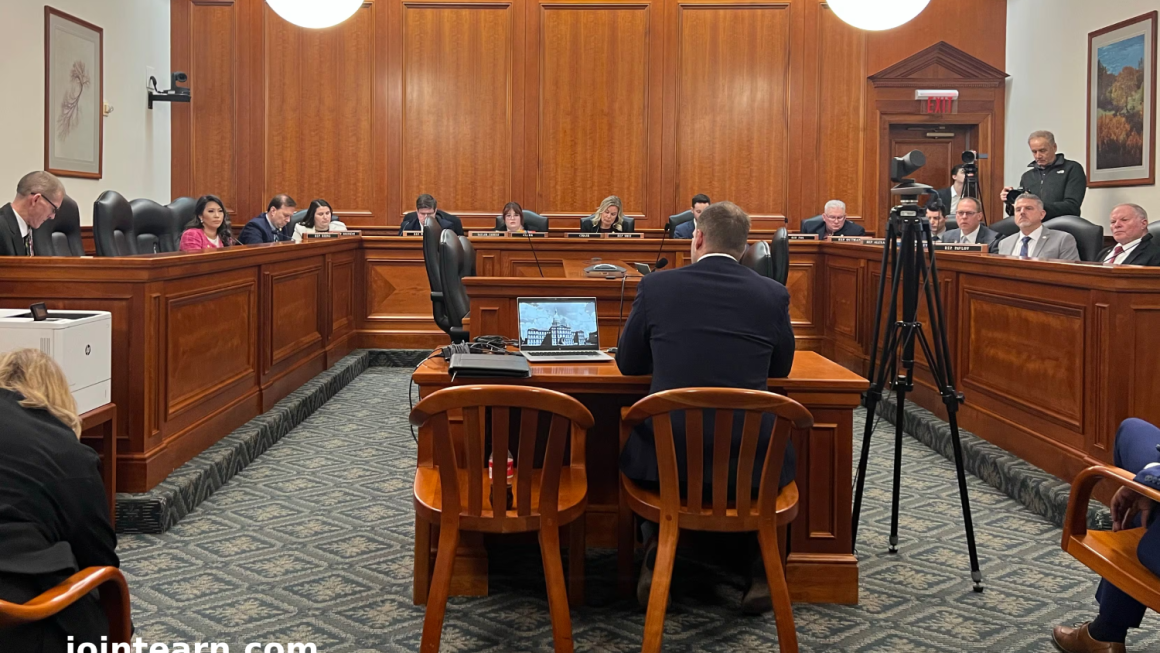In a chilling wargame scenario, the UK simulated what it might look like if Russia’s February 2022 invasion of Ukraine had instead targeted British air defenses — and the findings were far from reassuring.
According to Air Commodore Blythe Crawford, speaking Thursday at a Royal United Services Institute (RUSI) conference in London, the simulation exposed critical vulnerabilities.
“It was not a pretty picture,” Crawford said, reflecting on the outcomes of the scenario, dubbed “Night 1 of Ukraine.”
£24 Million Gladiator Simulation Reveals Hard Lessons
Using the Gladiator system — a £24 million ($32 million) simulation platform at the UK’s Air Battlespace Training Centre — defense experts recreated Russia’s opening barrage on Ukraine, this time modeling it as a direct strike on the United Kingdom.
While the exact outcome details remain classified, Crawford confirmed that UK air defenses were breached. The exercise was run in 2022 shortly after the invasion began, he noted, and has since driven a significant shift in strategic thinking.
“Ukraine made us all sit up,” Crawford said. “It drove some of the work we were doing in the warfare center to figure out how we would solve a problem like that.”
Air Superiority Reimagined in the Drone Era
One of the simulation’s starkest revelations was how much the concept of air superiority has evolved. No longer assured, the dominance of the skies is now challenged by drone swarms, decoys, loitering munitions, and autonomous strike platforms.
“We used to think of air superiority as theater-wide,” said Crawford. “Now it’s trench-to-trench, 0 to 50 feet.”
This reflects the new battlefield dynamic in Ukraine, where even sophisticated air defense systems on both sides have failed to establish full air control.
UK’s Layered Defense Strategy Under Scrutiny
Since 2022, the UK has improved its integrated air defense approach, combining aircraft, warships, and ground systems. However, the simulated breach suggests those systems may be strained under modern threats, particularly in the face of a multi-domain, massed aerial attack.
Crawford warned that the illusion of safety at home bases — long a cornerstone of UK defense policy — is now outdated.
“We must reverse that thinking and assume that we are under threat at the home base.”
What Would a Real Russian Attack Look Like?
Experts say a Russian attack on the UK would differ from the Ukraine model. Ground-based missiles would need to pass through European NATO airspace, making that route unlikely. Instead, Russia could leverage its Northern Fleet to launch strikes from the Atlantic, posing a different kind of strategic dilemma.
A Ministry of Defense spokesperson responded to the simulation, affirming the UK’s readiness:
“Our military is equipped with a range of advanced capabilities to provide a layered approach to air and missile defence. This includes the world-class Sea Viper missile system, which recently intercepted a ballistic missile in the Red Sea.”
Key Takeaways
-
UK simulated Russia’s 2022 invasion tactics against its own airspace using the Gladiator defense simulation system.
-
The results revealed critical vulnerabilities, highlighting the need for modernized air defense strategy.
-
Drone warfare, missile saturation, and autonomy are redefining what air superiority means.
-
UK defense officials now advocate for a home-base threat posture, acknowledging that domestic installations are not immune.












